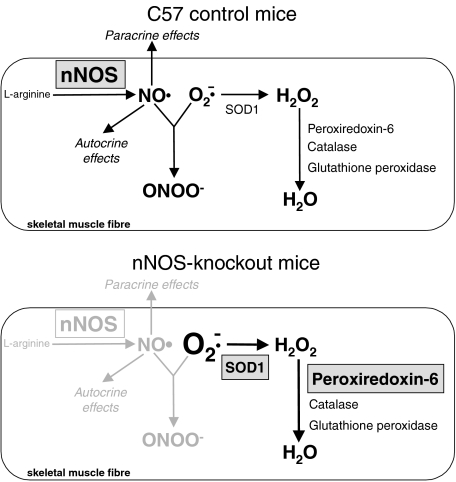Figure 7. Schematic summary of the altered ROS metabolism in skeletal muscle fibres of nNOS-knockout-mice.
Under wild-type conditions (e.g. in C57 control mice), nitric oxide (NO) acts in skeletal muscle fibres as paracrine and autocrine signalling molecule but also might react with superoxide (O2−) to generate peroxynitrite (ONOO−). Scavenging of superoxide is furthermore achieved by enzymatic catalysis of superoxide dismutases (e.g. the cytosolic SOD1) to yield hydrogen peroxide (H2O2), which is subsequently reduced to water by catalase, glutathione peroxidase or peroxiredoxin-6 activity. In nNOS-knockout mice, up-regulated SOD1 and peroxiredoxin-6 enable the scavenging of higher superoxide levels. Other proteins with impact on the ROS metabolism that were found to be up-regulated in skeletal muscle fibres of nNOS-knockout mice in the 2D-PAGE analysis (prohibitin, peroxiredoxin-3, HSP25 and NDP kinase B) are not included in the scheme. Grey down-toning or gradation of reactions or enzymes, respectively, indicates their absence or down-regulation. For further details, see Discussion.

